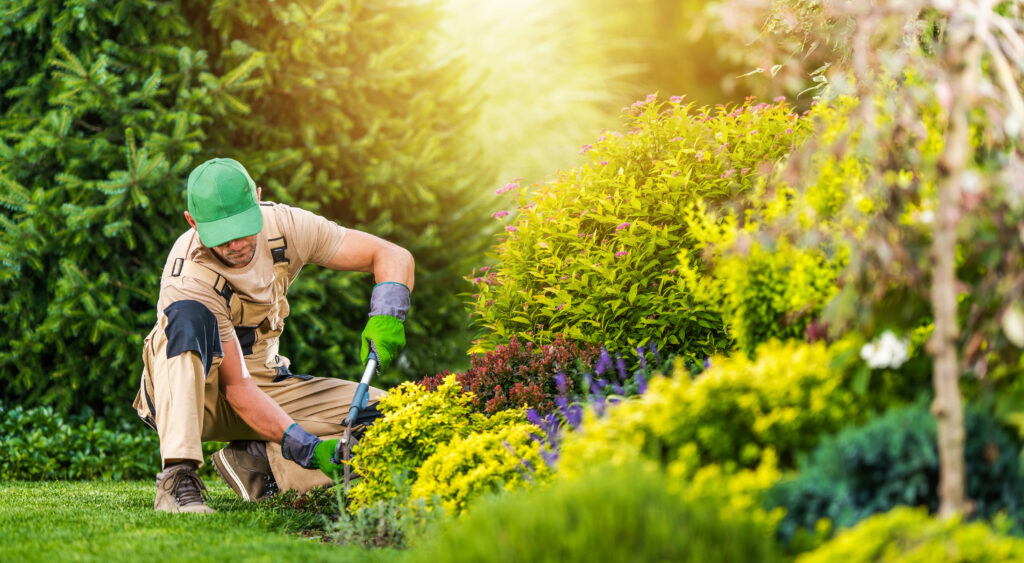Creating and maintaining a beautiful landscape requires a blend of thoughtful planning, smart design, and regular care. In 2024, we have the opportunity to make our outdoor spaces not just appealing but also sustainable and practical. Whether you are starting from scratch or looking to enhance your current yard, following the right tips and practices can make a significant difference.
Choosing the right plants and designing a layout that maximizes your available space are foundational steps in effective landscaping. We can also integrate sustainable practices to make our landscapes eco-friendly and easier to maintain. Additionally, understanding the seasonal needs of our plants ensures that our yards remain vibrant and healthy throughout the year.
By paying attention to these essential aspects, we can create a landscape that is beautiful, functional, and sustainable, enhancing the overall appeal and value of our homes. Let’s dive into some of the key tips for effective landscaping in 2024.
Choosing the Right Plants for Your Landscape
Selecting the right plants is crucial for creating an effective and beautiful landscape. Our goal is to choose plants that will thrive in your specific environment. When making these choices, we need to consider factors like soil type, sunlight, and climate. Native plants are often a great option since they are well-adapted to the local conditions and require less maintenance.
Additionally, it’s important to think about the size and growth habits of plants. We need to ensure that they have enough space to grow without overcrowding. Planning for mature size helps prevent future problems such as over-shading and competition for resources. We can create a healthy and thriving landscape by choosing plants that suit the local environment and our specific needs.
Maximizing Space with Smart Design Layouts
Making the most of the available space in your yard requires smart design and thoughtful planning. We start by assessing the layout and identifying areas that can be transformed into functional and attractive spaces. Vertical gardening is one technique that maximizes space by using walls and trellises to grow plants. This is especially useful in smaller yards where ground space is limited.
Creating different zones or sections within the yard can also help in maximizing space. We can designate specific areas for different purposes, such as a garden bed, a seating area, or a play spot for kids. This allows us to make the most out of the available space while ensuring that each area is visually appealing and functional. Proper spacing and thoughtful design are key to achieving an effective and well-organized landscape.
Integrating Sustainable Practices in Your Landscape
Sustainable landscaping is essential for conserving resources and supporting the environment. One of the first ways we can integrate sustainability is by using native plants. These plants require less water, fertilizer, and pest control, which makes them more eco-friendly and easier to maintain. Additionally, we can install rain gardens to manage stormwater runoff and prevent erosion.
Composting is another sustainable practice. By composting organic waste, such as leaves and grass clippings, we create nutrient-rich soil amendments that enhance plant health without chemical fertilizers. We also focus on efficient irrigation methods, such as drip irrigation, which reduces water wastage by delivering water directly to plant roots. Integrating these sustainable practices helps maintain a healthy, vibrant landscape while conserving natural resources.
Seasonal Maintenance Tips to Keep Your Yard Flourishing
Keeping your landscape looking its best requires regular seasonal maintenance. Each season has specific tasks that help ensure plants stay healthy and the yard remains beautiful. In spring, we focus on pruning dead branches, replanting, and mulching to retain soil moisture. Summer requires regular watering, mowing, and checking for pests or diseases to keep plants thriving under the hot sun.
In autumn, clearing fallen leaves, aerating the soil, and applying fertilizer prepare the yard for winter. Winter maintenance includes protecting sensitive plants with mulch or covers and preparing tools and equipment for storage. By following these seasonal maintenance tips, we can ensure that our yard continues to flourish throughout the year and remains a welcoming outdoor space for everyone to enjoy.
Conclusion
Creating and maintaining an effective landscape involves careful planning and ongoing care. Choosing the right plants, maximizing space with smart design, integrating sustainable practices, and following seasonal maintenance routines are key to achieving a beautiful and healthy yard. These strategies not only enhance the look of your property but also promote the health and growth of your plants.
If you’re ready to take your landscape to the next level, consider reaching out to us at One Two Tree. We are dedicated to providing expert guidance and services to help you achieve the yard of your dreams. Contact us today to learn more about how we can assist with your landscaping needs.

